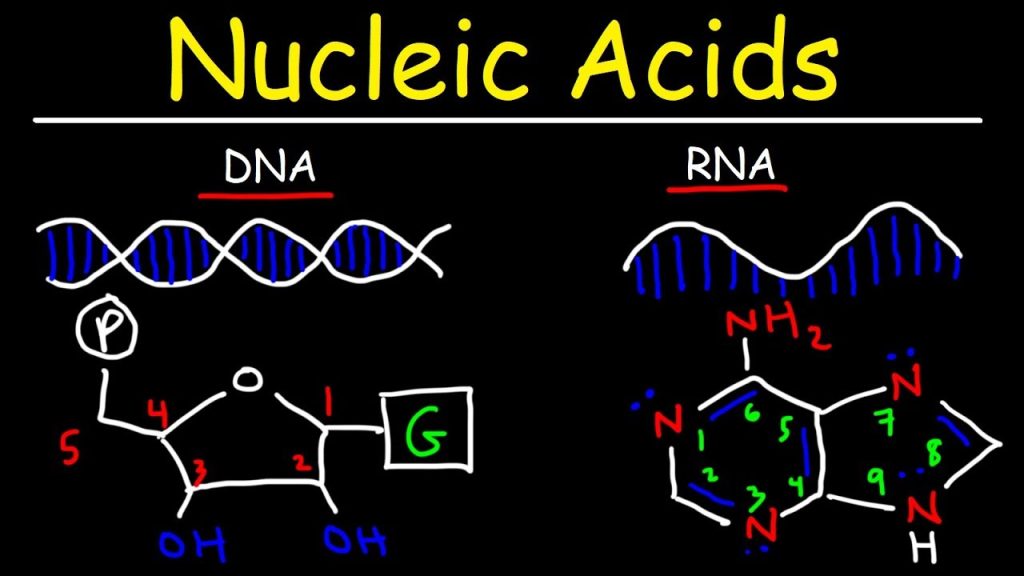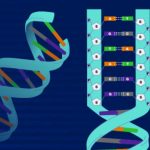The nucleic acids are the building blocks of living organisms. You may have heard of DNA described the same way. Guess what? DNA is just one type of nucleic acid. Some other types are RNA, mRNA, and tRNA. All of these “NAs” work together to help cells replicate and build proteins. NA? Hold on. Might that stand for nucleic acid? It might.

While you probably don’t have to remember the full words right now, we should tell you that DNA stands for deoxyribonucleic acid. RNA stands for ribonucleic acid. The mRNA and tRNA are messenger RNA and transfer RNA, respectively. You may even hear about rRNA which stands for ribosomal RNA. They are called nucleic acids because scientists first found them in the nucleus of cells. Now that we have better equipment, nucleic acids have been found in mitochondria, chloroplasts, and cells that have no nucleus, such as bacteria and viruses.
The Basics
We already told you about the biggie nucleic acids (DNA, mRNA, tRNA). They are actually made up of chains of base pairs of nucleic acids stretching from as few as three to millions. When those pairs combine in super long chains (DNA), they make a shape called a double helix. The double helix shape is like a twisty ladder. The base pairs are the rungs. We’re very close to talking about the biology of cells here. While it doesn’t change your knowledge of the chemistry involved, know that DNA holds your genetic information. Everything you are in your body is encoded in the DNA found in your cells. Scientists still debate how much of your personality is even controlled by DNA. Back to the chemistry…
Five Easy Pieces
There are five easy parts of nucleic acids. All nucleic acids are made up of the same building blocks (monomers). Chemists call the monomers “nucleotides.” The five pieces are uracil, cytosine, thymine, adenine, and guanine. No matter what science class you are in, you will always hear about ATCG when looking at DNA. Uracil is only found in RNA. Just as there are twenty (20) amino acids needed by humans to survive, we also require five (5) nucleotides.

These nucleotides are made of three parts:
1. A five-carbon sugar
2. A base that has nitrogen (N) atoms
3. An ion of phosphoric acid known as phosphate (PO43-)



Comments are closed